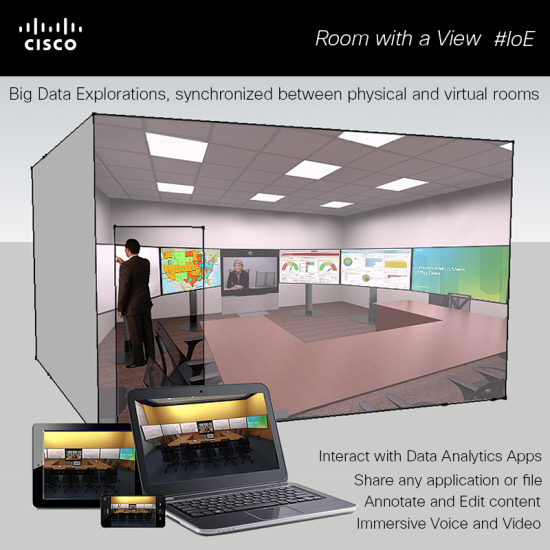The Cisco and EMC teams have been working closely to expand the VSPEX solution portfolio to accelerate growth and opportunity. In addition to the new CVDs, we released a new application white paper and management design guide for VSPEX. Wait, there’s more. We also recently published new Cisco marketing collateral for VSPEX and a customer case study. Let’s take a moment and provide some details.
The two new CVDs are designed to facilitate the deployment of virtualized infrastructure. In this instance, customers can choose between VMware vSphere 5.1 or 5.5 for 300, 600, and 1000 virtual machines.
These new presized and validated solutions simplify virtualization deployment for businesses using VMware vSphere software. The solutions use the very latest Cisco UCS Servers and EMC VNX Series Storage. Customers can feel confident they are deploying the correct balance of computing, networking and storage resource using best of breed technology from Cisco and EMC.
One of the key value propositions for VSPEX is that it enables applications to be up and running more rapidly than a build your own infrastructure solution. Providing application guidance is the next logical step so the team created a SharePoint 2013 on VSPEX white paper. Customers can now rapidly build and deploy robust, high-performance SharePoint 2013 collaborative environments on VSPEX with Microsoft Private Cloud Fast Track 3.0.
Being able to simply manage an integrated infrastructure is critical. Hence, we introduced a UCS Director Implementation Guide for EMC VSPEX. This new implementation guide provides step by step instructions on how to setup, configure and operate VSPEX via Cisco UCS Director. Cisco UCS Director delivers unified integrated infrastructure management for administering computing, network, virtualization, and storage from one self-service web interface.
Please watch Jim McHugh, VP of Cisco UCS Marketing, discuss VSPEX’s value proposition, momentum, and new solutions.
Finally, and most importantly, our customers are seeing real value from VSPEX. The John Fabick Tractor Company (Fabick Cat) deployed VSPEX to improve performance and reduce costs. Fabick Cat experienced the following results:
- Up to 25% better performance
- 78% reduction in software virtualization costs
- Zero downtime since being deployed
I urge you to read the complete Fabick Cat case study on how they leveraged VSPEX’s flexibility and scalability to easily provision new servers and add additional storage.
Kudos to the Cisco and EMC teams for their timely execution of the CVDs, implementation guide, and white paper. Please also read Chad Dunn’s, Director of VSPEX Business Operations at EMC, blog post on our new CVDs.
To learn more about Cisco’s solutions for EMC VSPEX download our new brochure or visit www.cisco.com/go/vspex.
Share:

 Following
Following 



CONNECT WITH US